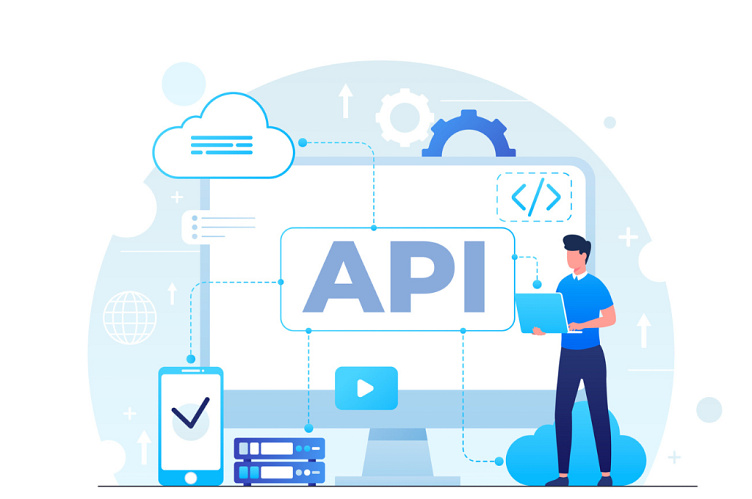Are Your AI-Powered Applications Safe? Make Sure You Don’t Fall
In the ever-evolving landscape of artificial intelligence (AI), the potential for innovation and transformative impact is vast. AI-powered applications have revolutionized industries, from customer service to healthcare diagnosis, offering unprecedented efficiency and accuracy. However, as these technologies become increasingly integrated into our lives, a critical concern emerges: the safety and ethical implications of offensive content.
While AI brings remarkable capabilities, it's not immune to pitfalls. Offensive content, including hate speech, explicit imagery, and biased language, can inadvertently find its way into AI-powered applications, posing substantial risks. The consequences of such occurrences extend far beyond mere inconvenience – they can tarnish reputations, harm users, and even lead to legal complications.
The Challenge of Offensive Content: A Complex Problem
The challenge of offensive content in AI-powered applications is a multifaceted issue that demands attention at various stages of development, deployment, and ongoing management.
Data Bias: AI models learn from vast amounts of data, which can inadvertently contain biases present in the real world. These biases can perpetuate harmful stereotypes and amplify offensive content, leading to skewed or inappropriate results.
Algorithmic Vulnerabilities: Complex algorithms can sometimes generate unexpected or unintended outputs, inadvertently producing offensive content. These vulnerabilities highlight the importance of rigorous testing and ongoing monitoring.
User-Generated Content: In applications that involve user-generated content, the potential for offensive material to infiltrate the platform is high. Without robust moderation mechanisms, the risk escalates.
Contextual Understanding: AI's ability to comprehend context remains a challenge. It may misinterpret content, leading to the generation of offensive responses or recommendations.
Regulatory and Legal Ramifications: Hosting offensive content may lead to legal consequences and damage to a company's reputation. It's crucial to adhere to regulations and industry standards.
Safeguarding Against Offensive Content: A Comprehensive Approach
The responsibility to ensure AI-powered applications remain free of offensive content falls on both developers and organizations utilizing these technologies. A comprehensive approach is essential to minimize risks and uphold ethical standards.
Data Collection and Preprocessing: Prioritize the collection of diverse, representative, and clean datasets. Implement preprocessing techniques to mitigate biases and filter out offensive content.
Bias Detection and Mitigation: Regularly assess AI models for biases and employ techniques like debiasing to reduce the impact of skewed data on outcomes.
Robust Moderation: Implement robust content moderation mechanisms, including both automated and human-driven processes, to filter out offensive user-generated content.
Contextual Understanding: Continuously train AI models to understand and respond to context accurately, minimizing the generation of offensive or inappropriate content.
User Reporting and Feedback: Empower users to report offensive content and provide feedback. Utilize this input to improve the application's performance over time.
Ethical Guidelines and Accountability: Develop clear ethical guidelines for AI use and establish accountability within your organization for ensuring offensive content is promptly addressed.
Regulatory Compliance: Stay informed about relevant regulations related to offensive content and ensure your AI-powered applications adhere to legal standards.
The Path Forward: A Safer AI Future
As AI technology advances, so does our responsibility to wield it responsibly. Safeguarding against offensive content requires an ongoing commitment to ethical development, rigorous testing, and continuous improvement. By prioritizing the elimination of offensive material from AI-powered applications, we can create safer, more inclusive digital spaces that foster trust, respect, and innovation.
Ultimately, the journey toward AI safety is a collaborative effort involving developers, organizations, regulators, and society at large. By addressing the challenge of offensive content head-on, we can harness the full potential of AI while minimizing its risks, ensuring a future where technology serves as a force for good in our interconnected world.
